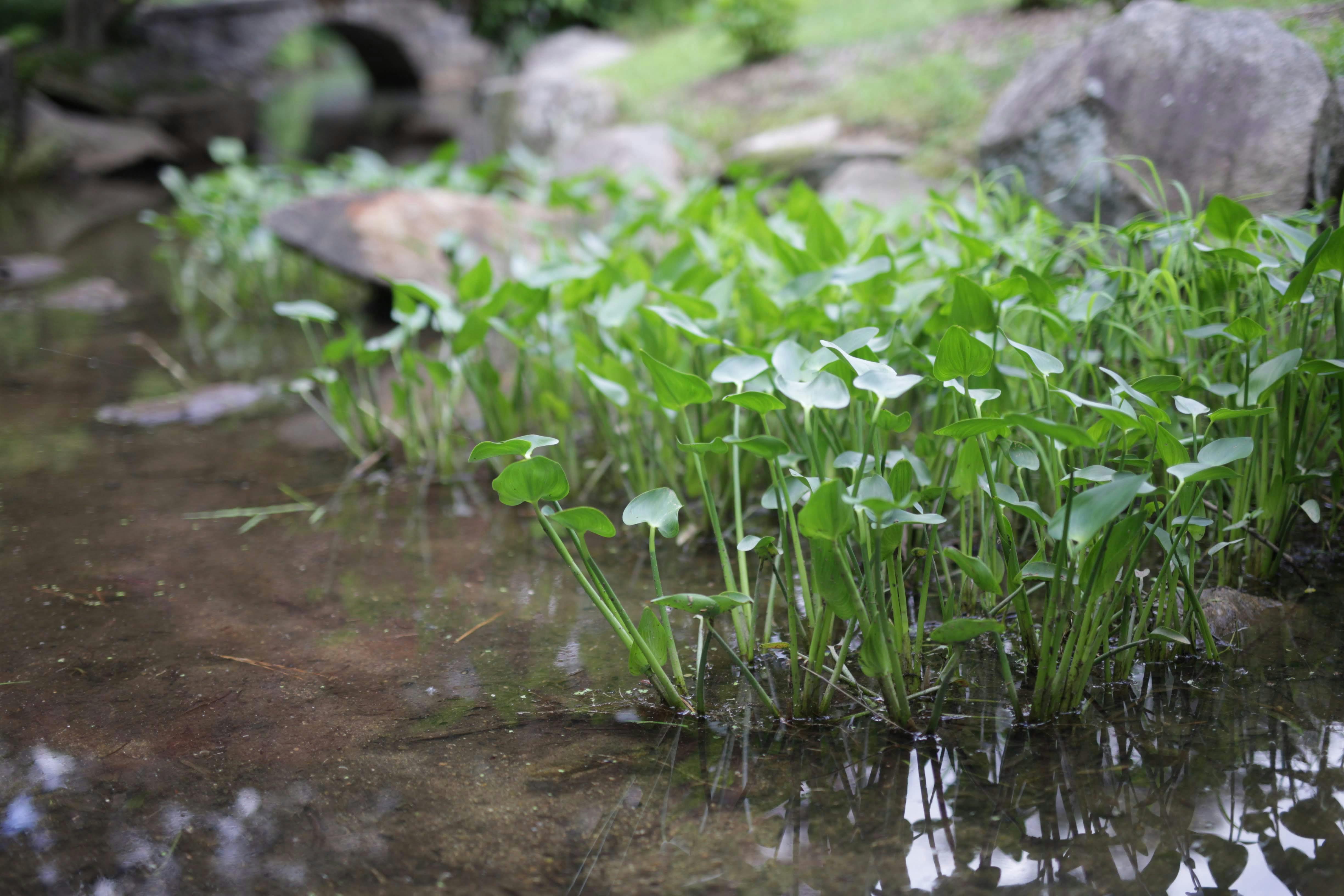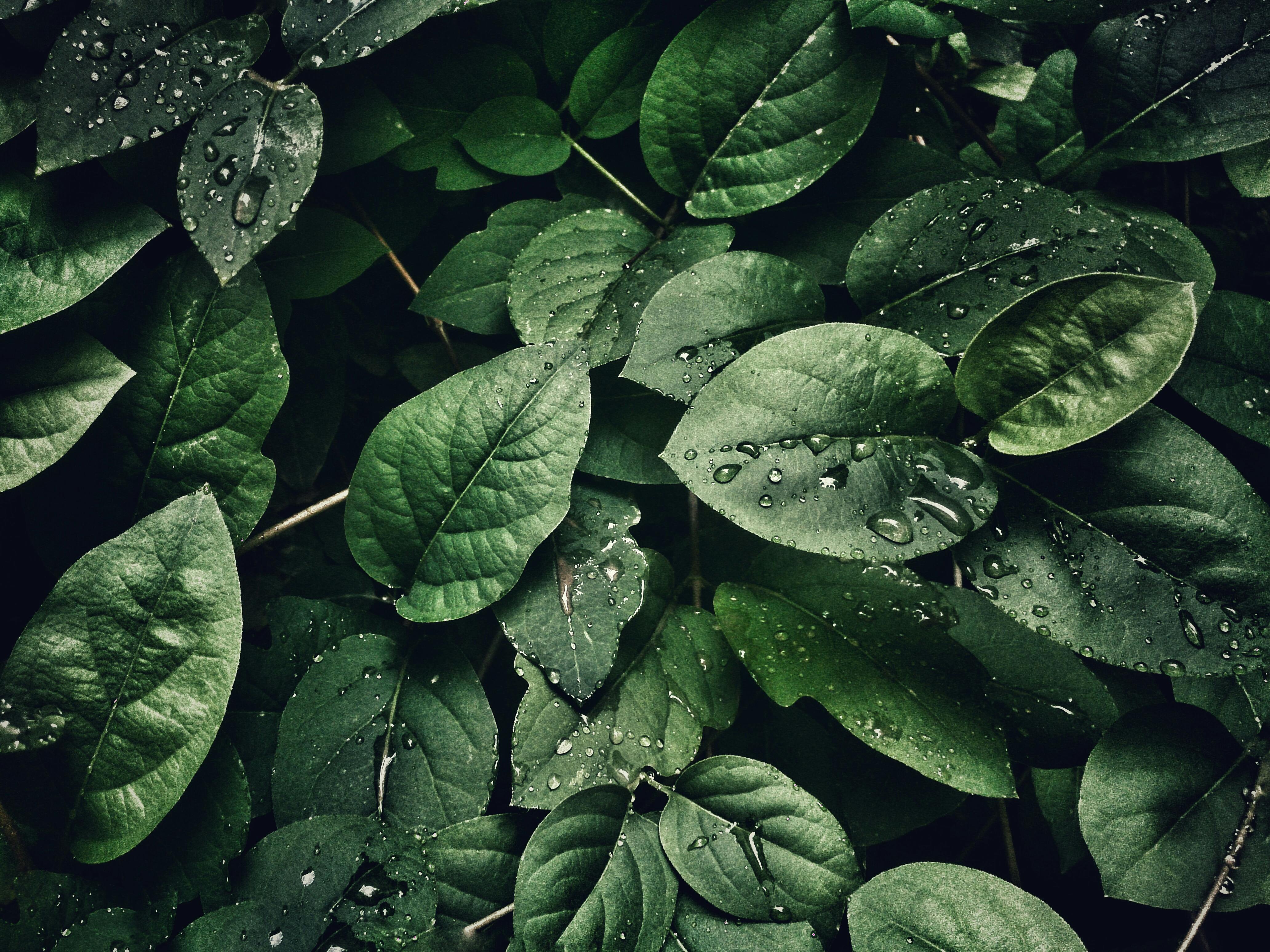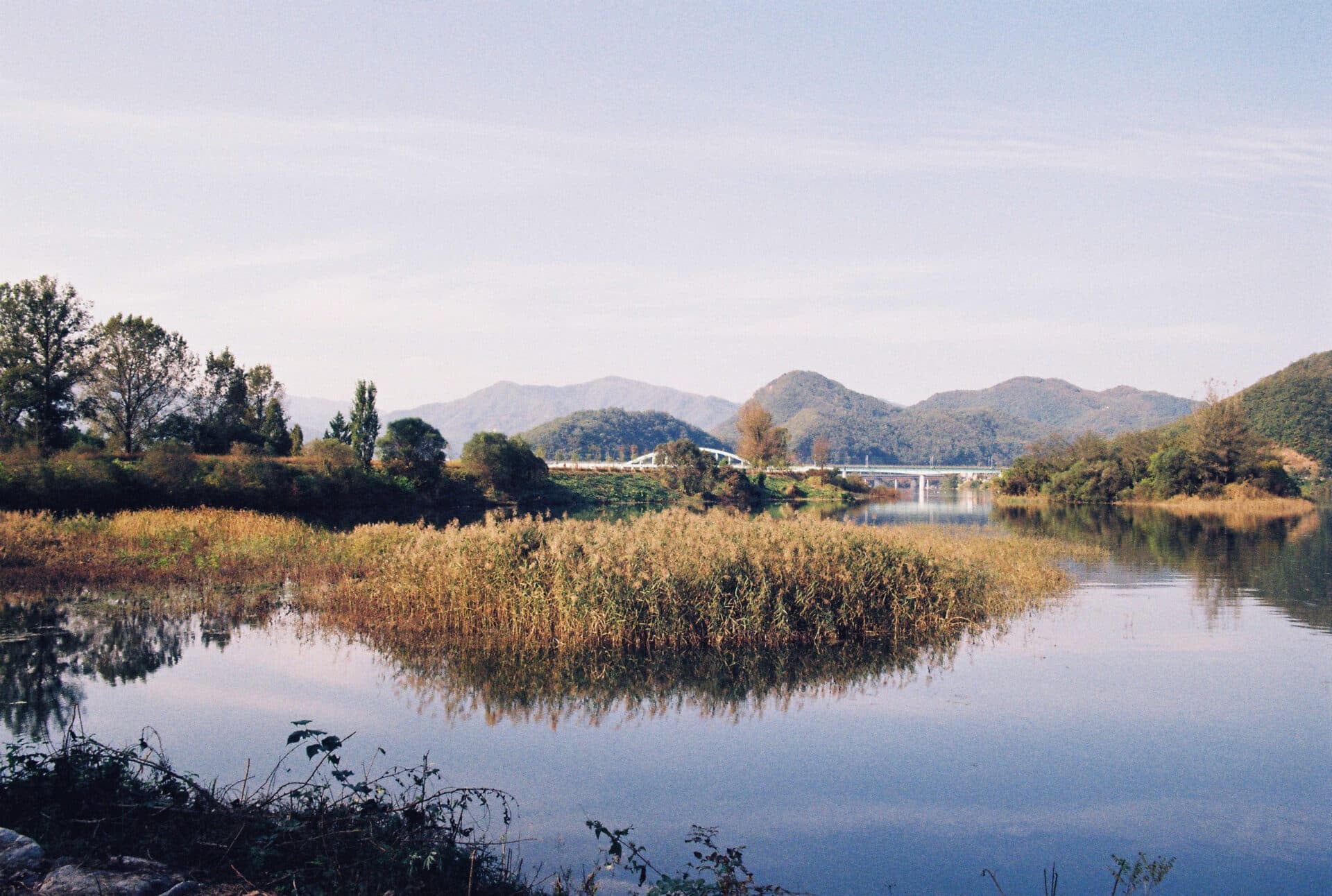Making distilled water for plants is an easy and cost-effective way to ensure that your plants receive the cleanest and purest water possible. Distilled water is free from contaminants, minerals, and other impurities that may be present in tap or well water, which can be damaging to the health of your plants. With a few simple materials and steps, you can make distilled water for your plants in no time.Distilled water is water that has been boiled and then condensed back into liquid form. The boiling process removes impurities, minerals, and other contaminants from the water, making it pure and suitable for use in applications where purity is important.
The Benefits Of Distilled Water For Plants
Distilled water is a great choice for watering your plants. It’s free from minerals and other contaminants, making it one of the purest forms of water available. Using distilled water for your plants can help them grow healthier and stronger, as well as provide them with the nutrients they need to thrive. Here are some of the benefits of using distilled water for your plants:
1. Reduced Risk Of Disease: Distilled water is free from most minerals and contaminants that can cause plant diseases. By using distilled water, you can reduce the risk of your plants getting sick or being affected by disease-causing organisms.
2. Improved Absorption Of Nutrients: Since distilled water is free from minerals and other contaminants, it allows your plants to absorb more nutrients from the soil. This helps to ensure that they get all the essential vitamins, minerals, and other nutrients they need to grow strong and healthy.
3. Reduced Chlorine Levels: Chlorine is commonly found in tap water and can be toxic to some plants. By using distilled water, you can reduce the levels of chlorine in your watering solutions, making it safer for your plants.
4. Better Tasting Produce: If you are growing fruits or vegetables for consumption, then using distilled water can help improve their taste. This is because it does not contain any impurities which can affect the flavor of your produce.
Overall, using distilled water for your plants has many benefits that make it a great choice for any gardener or farmer looking to optimize their crop yields and improve their plant health. Not only does it reduce the risk of disease and help with nutrient absorption, but it also reduces chlorine levels and helps improve the taste of fruits and vegetables grown in soil irrigated with this type of purified water.
Distillation
Distillation is one of the oldest and most common methods of making distilled water. In this process, water is heated until it turns into steam, which is then cooled and condensed back into a liquid. This method can remove most impurities from the water, leaving it safe for drinking. The main disadvantage of this method is that it can be time-consuming and energy-intensive.
Reverse Osmosis
Reverse osmosis (RO) is another method used to make distilled water. In this process, water is forced through a semi-permeable membrane that filters out impurities while allowing pure water molecules to pass through. RO systems are usually more efficient than distillation, but they can be expensive to install and maintain. Additionally, some RO systems may require the use of chemicals to ensure optimal performance.
Deionization
Deionization (DI) is another way to make distilled water. In this process, water passes through an ion exchange resin which removes ions such as calcium and magnesium from the water. This leaves behind pure H2O molecules that are safe for drinking. DI systems are often used in industrial settings but can also be used in residential applications.
Ultrafiltration
Ultrafiltration (UF) is a relatively new method used to make distilled water. It works by using pressure to force the water through a membrane that filters out impurities while allowing pure H2O molecules to pass through. UF systems are more efficient than distillation or RO and require less energy and maintenance than DI systems.
Boiling Method To Make Distilled Water
The process of distilling water is fairly straightforward and can be done at home. To make distilled water, you will need a pot and a heat source, such as a stove or hot plate. Boil the water until it begins to steam, then turn off the heat source and allow the steam to condense back into liquid form. The condensed liquid is distilled water that is free of contaminants and minerals. Collect the distilled water in a clean container for use.
The boiling method of creating distilled water is simple, but time consuming because it takes about an hour for a pot of water to boil and another hour for it to cool down enough for you to collect the distilled water. Additionally, this method only yields small amounts of distilled water at a time, so if you need large quantities it may be more cost effective to buy it from a store instead. However, if you only need small amounts of distilled water this method is perfectly suitable.
Using Reverse Osmosis To Make Distilled Water
Reverse osmosis is a process that can be used to make distilled water. During this process, water is passed through a membrane which filters out solids and other impurities. The water that is left behind is clean and free of any contaminants. This makes it ideal for drinking, cooking, and other activities where clean, pure water is needed. Reverse osmosis can also be used to remove salt from seawater, making it safe for human consumption.
Reverse osmosis systems are relatively simple and inexpensive to install. They consist of a special membrane filter, a pressure pump, and a storage tank for the filtered water. The membrane filter removes impurities such as bacteria, viruses, sediment, metals, and other chemicals from the water. The pressure pump then forces the filtered water through the membrane filter at high pressure so that any remaining particles are removed. Finally, the filtered water is stored in the storage tank until it is ready for use.
There are several advantages to using reverse osmosis to make distilled water. First of all, it produces purer water than traditional distillation methods because no heat or boiling is involved in the process. This means that there are no residues left behind in the distilled water which could potentially harm your health if ingested. In addition, reverse osmosis does not use any chemicals or additives during the filtration process so you know you’re getting a pure product with no contaminants added in.
Another great benefit of using reverse osmosis to make distilled water is that it reduces energy consumption compared to traditional distillation methods because less energy is required in order to produce the same amount of distilled water. Additionally, this method of filtration does not require any added chemicals or additives so you can rest assured knowing your drinking water will be free of any unwanted contaminants or pollutants.
Overall, reverse osmosis provides an effective way to make distilled water without having to resort to expensive distillation methods or adding potentially harmful chemicals into your drinking supply. It’s an affordable solution that produces clean and pure drinking water every single time.

Using A Deionization Filter To Make Distilled Water
Making distilled water with a deionization filter is a simple and cost-effective way to get clean, pure water. A deionization filter works by removing impurities from the water, including ions, minerals, and contaminants. The result is clean, pure water that can be used for drinking, cooking, and other household uses. The process of deionization is relatively simple and can be done at home with minimal equipment and supplies.
Steps for Making Distilled Water Using a Deionization Filter
The first step in using a deionization filter to make distilled water is to gather the necessary supplies. This includes a container to hold the water, an activated carbon filter or reverse osmosis system to remove impurities from the water, and a deionization filter. All of these items can be purchased online or at your local home improvement store.
Once you have the supplies ready, you will need to fill the container with tap water and attach the activated carbon filter or reverse osmosis system. This will help remove impurities from the tap water before it enters the deionization filter. After this step is complete, attach the deionization filter to the container and turn it on. The filter will then remove any remaining ions and minerals from the water so that it can be used for drinking or cooking.
Finally, when you are finished using the deionization filter it is important to replace it regularly according to manufacturer instructions in order to ensure that your distilled water remains pure and free of contaminants. Additionally, make sure that you properly dispose of any used filters in order to protect yourself and the environment from potential contamination.
Using a deionization filter is an easy way to make distilled water at home without having to purchase expensive equipment or go through complicated processes. With just a few simple steps you can have clean, pure distilled water in no time!
Boiling Method
The boiling method is a very simple and cost-effective way to make distilled water. All you need is a pot, some tap water, and a heat source. Start by boiling the tap water in the pot until it starts to steam. As the steam starts to rise, you can place a container or bowl underneath the pot to collect the condensed liquid. This liquid is your distilled water. After it has cooled down, use it for whatever purpose you need it for.
Solar Stills
Solar stills are another great DIY method to make distilled water at home. This method uses solar energy to evaporate the water and condense it into a container of pure distilled water. To build a solar still, you’ll need some plastic sheeting, an oven bag, an empty can or container, and some rocks. Place these items in direct sunlight so that they can absorb as much heat as possible. The resulting condensation will be collected in the container below and will be your distilled water.
Dehumidifier Method
Using a dehumidifier is another great way to make distilled water at home. This method works by using the dehumidifier’s fan to draw air through its coils which cools down the air. As the air cools down, moisture from the air condenses on the coils and drops into a collection tray below. You can then pour this collected liquid into containers for use as distilled water.
Distillation Kits
If you don’t want to go through all of this hassle of creating your own methods for making distilled water at home, then you can purchase distillation kits which come with all of the parts necessary for distilling your own pure drinking water right at home. These kits usually come with instructions on how to assemble them properly and how to use them safely so that you can get clean and safe drinking water every time.
Rainwater Collection As An Alternative To Distilling
Distilling water is an effective way to obtain safe drinking water, but there are other options that can be used to provide clean and safe drinking water. One such alternative is rainwater collection. Rainwater collection is an easy and cost-effective way to collect large amounts of clean water and store it for later use. This method of collecting rainwater helps to conserve resources, as the collected water can be used for a variety of purposes, such as drinking, cleaning, and gardening.
Rainwater collection systems can be installed in homes or businesses with minimal effort. The basic components of a rainwater collection system include a container to collect the runoff from the roof or other surface, a filter to remove any impurities from the collected water, and a storage tank or cistern that holds the filtered water. Many systems also include pumps and filters that allow for better control over the flow of collected water. Additionally, some systems include a second-stage filter that removes additional contaminants from the collected rainwater.
The benefits of using rainwater collection over distilling include lower costs associated with installation and maintenance, greater efficiency in terms of quantity of water collected, and increased safety due to the elimination of potential contaminants in the collected rainwater. Additionally, harvesting rainwater helps reduce stress on municipal water sources by reducing demand on these sources during times of high usage or drought conditions.
Overall, rainwater collection is an effective alternative to distilling for obtaining safe drinking water. It is relatively easy to install and maintain, and it provides an efficient means of obtaining large quantities of clean water without having to rely on potentially contaminated municipal sources. Additionally, harvesting rainwater helps reduce stress on municipal resources by reducing demand during times of high usage or drought conditions.

Conclusion
Making distilled water for plants is a great way to ensure that your plants are getting the purest water possible. It is important to understand the process of distillation and how to use it in order to make sure that your plants are receiving the best care possible. With just a few simple steps, you can easily make distilled water for your plants and give them the best chance at thriving.
It is also important to remember that distilled water should only be used occasionally as it lacks necessary minerals and nutrients found in regular tap water. You should always consult with a professional if you have any questions or concerns about using distilled water for your plants.
Overall, making distilled water for plants can be an easy and beneficial process, as long as it is done correctly. With a few simple steps, you can ensure that your plants receive the purest form of water available and give them the best chance at thriving.

